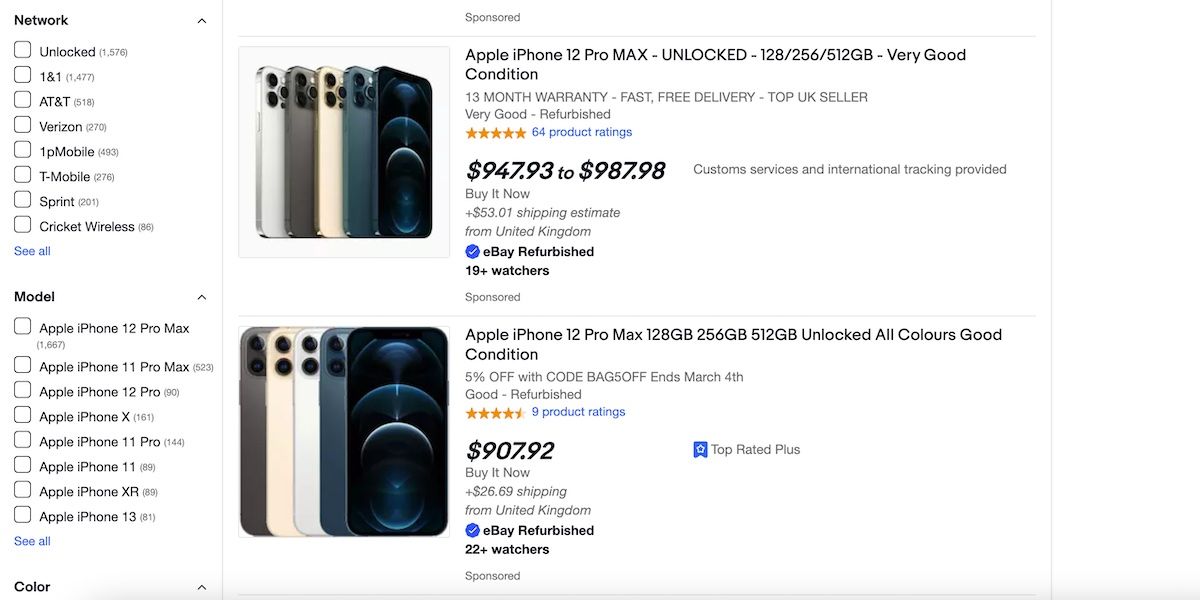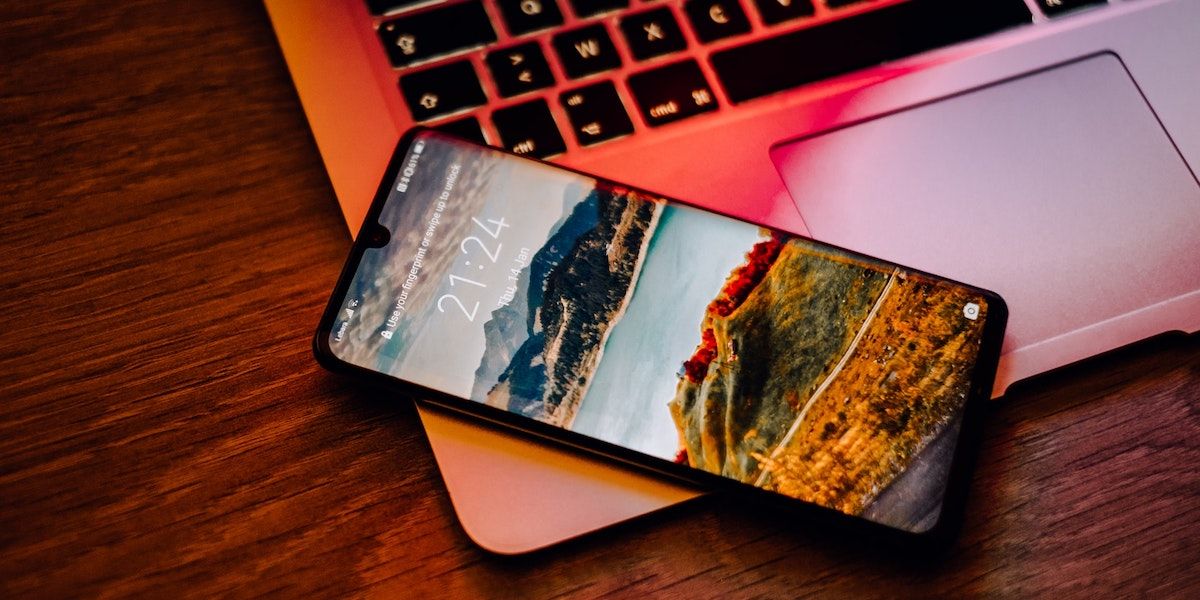Nothing sparks debates in the tech community faster than saying iPhones are better than Android devices, or vice versa. Android users often argue that iPhone users only care about branding. On the other hand, iOS fans that Android devices have unnecessarily complex, impractical features.
However, shopping for smartphones should go beyond opinions. Although both iPhone and Android have their bad and good points, there are several areas wherein one operating system outperforms the other.
Have you been leaning toward buying a new iPhone? To help you reach an informed decision, we made rounded up all the ways that iOS is better than Android.
1. Retains Market Value

The latest iPhone models typically cost at least 10% more than top-of-the-line releases from Android brands like Samsung or LG. However, they typically retain their market value longer. All smartphones depreciate after a year or two, but Apple products frequently end up with resale prices closer to their original retail value.
For instance, let’s compare the Samsung Galaxy S21 with the iPhone 12. Apple released the iPhone 12 Pro Max in November 2020 and it retailed for $1,199. In March 2022, you can get a used model for around $900 on eBay.
On the other hand, the S21 Ultra hit the market in January 2021, also retailing for $1,199. However, its resale value has already dropped to around $550 on eBay.
2. Less Security Risks
iOS devices have the upper hand when it comes to cybersecurity. The iPhone has tighter security than Android thanks to its exclusive App Store, closed ecosystem, and prompt updates. These make iOS devices challenging to infiltrate.
Also, an iPhone is extremely unlikely to be infected with a virus. Most iOS devices with compromised security systems were either jailbroken or rigged by unauthorized technicians.
That said, Google’s cybersecurity measures are nothing to scoff at. However, frequently customizing Android devices leaves them prone to several security threats.
3. Extremely User-Friendly Interface
Android features an open platform that accommodates full-on customization. You’ll have total control over your smartphone’s settings, and you can use the broad scope of apps on Google Play to execute them.
However, this level of customization also creates a steep learning curve. You’ll need some technical proficiency and customization experience to utilize Android’s platform, which not all smartphone users have.
On the contrary, iOS devices have a straightforward, user-friendly interface. They come with various pre-installed, out-of-the-box features, so you can start using them right from the get-go. You wouldn’t need much time to learn an iOS interface.
4. Superior Phone Protection Plans
AppleCare+ comes with a steep premium. Alternatives like Asurion, SquareTrade, and Samsung Care+ offer relatively cheaper phone protection plans.
However, none of them compare to Apple’s streamlined, hassle-free services. Instead of spending hours on the customer service line, you can simply visit your local Apple Store for repair quotes and estimates.
Also, claims are a breeze. Most of the time, you can consult an in-store Apple employee and walk out with a brand-new or newly repaired device in an hour or two.
5. Seamlessly Integrated Apple Ecosystem
Admittedly, Google has made some progress in integrating Android devices to its ecosystem. However, creating a streamlined, interconnected ecosystem using non-iOS gadgets typically requires third-party apps and platforms.

Alternatively, Apple’s in-house features tie together its closed, integrated ecosystem. You can use services like iMessage, Apple Pay, FaceTime, and iCloud across all your iOS-powered devices, thus enabling whole-system integration.
6. Easy to Spot Fakes
If you intend to buy a secondhand smartphone, learn to verify authenticity. Scammers have been selling counterfeit devices for decades now. Moreover, the Android knockoffs circulating in the market look almost identical to their original counterparts nowadays. You’ll need to watch out for super-minute details.
Fortunately, verifying the legitimacy of a secondhand iPhone is significantly easier. iOS devices have an exclusive interface, so you can easily spot fakes since they likely wouldn’t have features like Siri, iCloud, or even the App Store.
Also, each device comes with a unique serial number. Go to Settings > General > About, then scroll down to the Serial Number section in the middle portion of the page.
Next, copy-paste it into Apple’s service and coverage checking page. If you were given a legit serial number, you’d see the device’s valid purchase date, telephone technical support expiration, and service coverage.
7. Functional Camera and Natural-Looking Photos
Based on the camera specs alone, you’ll see that many Android devices outperform the latest iPhone models. Of course, iPhones produce crystal-clear images. However, top Android brands like Samsung equip their devices with higher-quality cameras.
For instance, let’s compare the Samsung Galaxy S22 Ultra with the iPhone 13 Pro Max. The Galaxy S22 Ultra features a whopping 108MP camera with 8K 24fps video-recording capabilities. Meanwhile, the iPhone 13 Pro Max has a 12MP camera that can only shoot up to 4K 60fps.
Despite the difference in specs, many still prefer the iPhone’s camera. Why? Because it’s more functional, and it produces realistic, natural-looking images. Let’s face it—few people today shoot in 4K, much less 8K. You wouldn’t benefit from a high-performance camera like Galaxy S22 Ultra’s if you only plan on using it to take pictures and videos for social media.
8. Prompt Updates
Apple makes its software updates available across all supported devices—models released no later than eight years ago.
Meanwhile, Android devices typically receive updates weeks or months after Google releases the latest version of Android. This is because Android manufacturers often apply their own software overlays (like Samsung's One UI), so they need time to optimize every new update.
Even global leaders like Samsung and LG can’t release prompt updates. Google only provides direct operating system updates to its own smartphones: Pixel 5a and Pixel 6.
9. Apple Pay Is Simpler to Use
Apple Pay ranks among the best platforms for contactless payments. You can quickly integrate and access it from your other iOS-powered devices, such as the Apple Watch, iPad, and MacBook.
Options like Google Pay and PayPal also offer noteworthy features. However, their interfaces are a bit more challenging, plus they don’t come pre-installed on Android devices.
Also, Apple Pay is widely used. The Apple Pay homepage states that more than 85% of retail shops, grocery stores, taxis, and vending machines in the US accept Apple Pay.
Choose a Smartphone That Suits Your Needs
Should you go with an Android device or an iPhone? If you want a user-friendly, straightforward device that requires minimal tech knowledge to utilize, then get a new iPhone. You’ll find Apple’s ecosystem convenient.
However, you might want to consider devices running on Android operating systems if you want a more customizable, open platform. You can choose from dozens of Android brands.
Overall, don’t limit your choices. Assess how you would benefit from an iOS or Android smartphone based on your lifestyle, technological proficiency, and device preferences.
About The Author"Android" - Google News
March 06, 2022 at 10:30PM
https://ift.tt/sPfz8eZ
9 Reasons Why You Should Switch From Android to iPhone - MUO - MakeUseOf
"Android" - Google News
https://ift.tt/Ni3BPsW
https://ift.tt/89bi37E
Bagikan Berita Ini

















0 Response to "9 Reasons Why You Should Switch From Android to iPhone - MUO - MakeUseOf"
Post a Comment